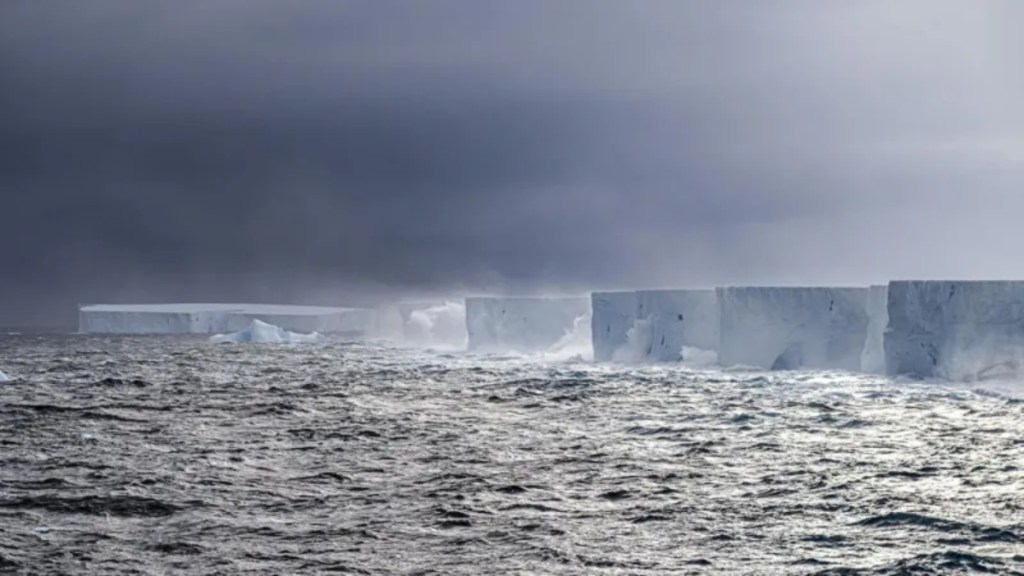The world’s largest iceberg, A23a, has been spinning just north of Antarctica for months now. The iceberg is approximately five times the size of New York City’s land area and is more than 1,000 feet deep, The New York Times reported.
For over 30 years, this iceberg was stuck in Antarctica before becoming loose in 2020. The berg’s long journey is well-documented. It originally broke away from the Antarctic coastline in 1986, but soon after became lodged in the seabed mud of the Weddell Sea.
As per a BBC report, scientists have said that A23a has been captured on top of a “huge rotating cylinder of water”.
“It’s a phenomenon oceanographers call a Taylor Column – and it’s possible A23a might not escape its jailer for years,” the report added.
Where is A23a now?
As of now, the world’s largest iceberg is spinning near the South Orkney Islands and is “maintaining a chill 15 degree rotation per day,” the British Antarctic Survey said.
It added that it is not known when it will be coming out of it.
“It’s basically just sitting there, spinning around, and it will very slowly melt as long as it stays there, British Antarctic Survey’s head of the Open Oceans research group Alex Brearley said.
Why is the iceberg spinning?
The area where A23a is right now is known as Iceberg Alley, a popular spot for icebergs. Usually, large icebergs move through quickly and join the he Antarctic Circumpolar Current, world’s largest ocean current. The ice blocks are eventually carried eastward into warmer waters, where they start to melt and break apart. Brearley described this transition as “a warm bath of water,” just a few degrees above freezing.
However, A23a got caught in the Taylor column, a current that forms around seamounts. The normal water flow diverges around the underwater mountain, forming a stagnant cylinder of fluid above the seamount. This causes the water to slowly rotate counterclockwise around the bump.
The bump A23a is swimming over is about 100 kilometers across (about 62 miles) and rises up from the deep sea floor to a height of about 1,000 meters (3,280 feet), Brearley said, calling it “a pretty cool geophysical phenomenon.”

